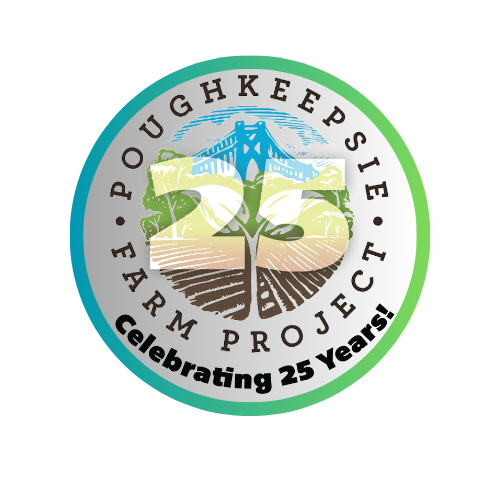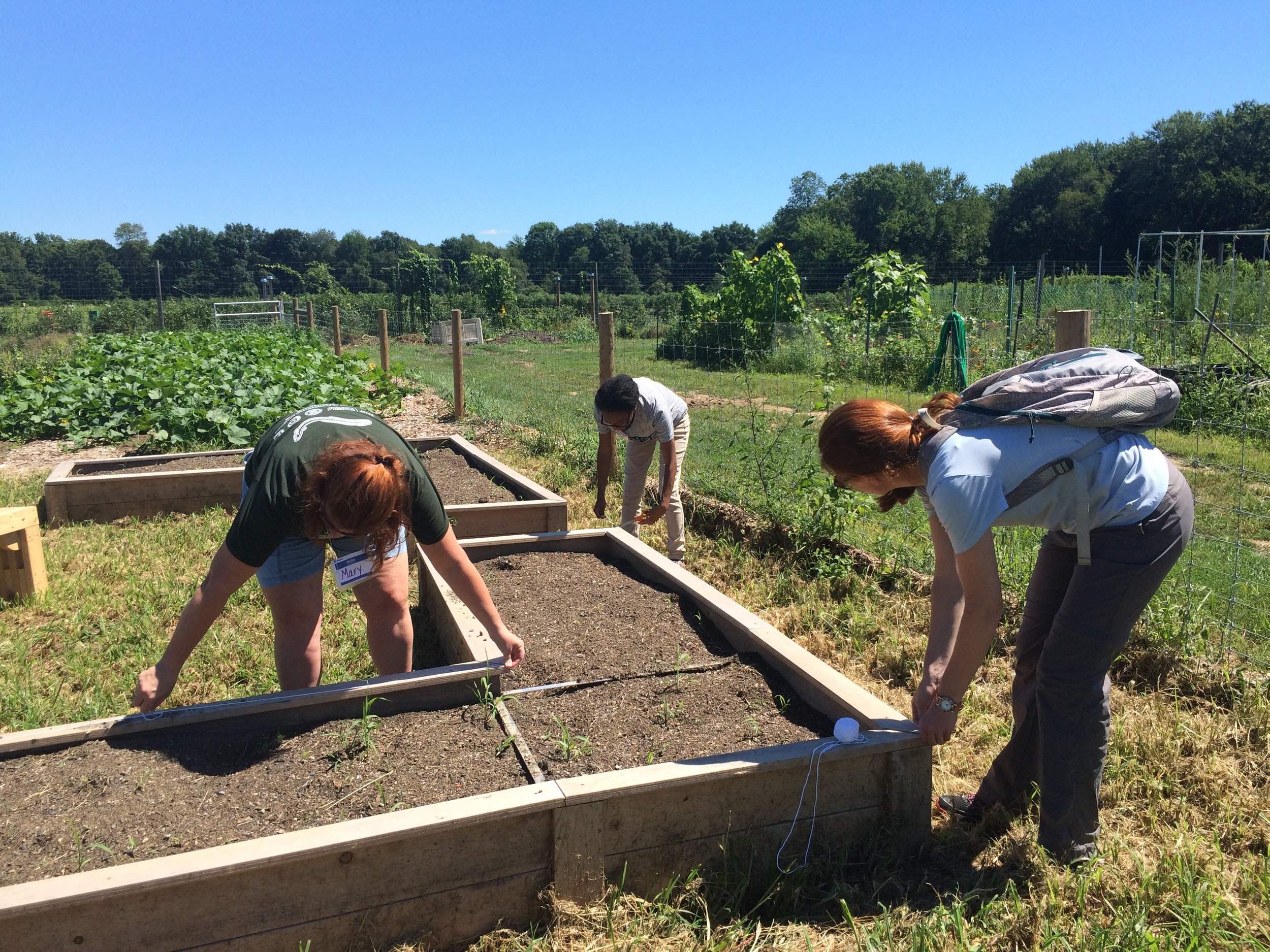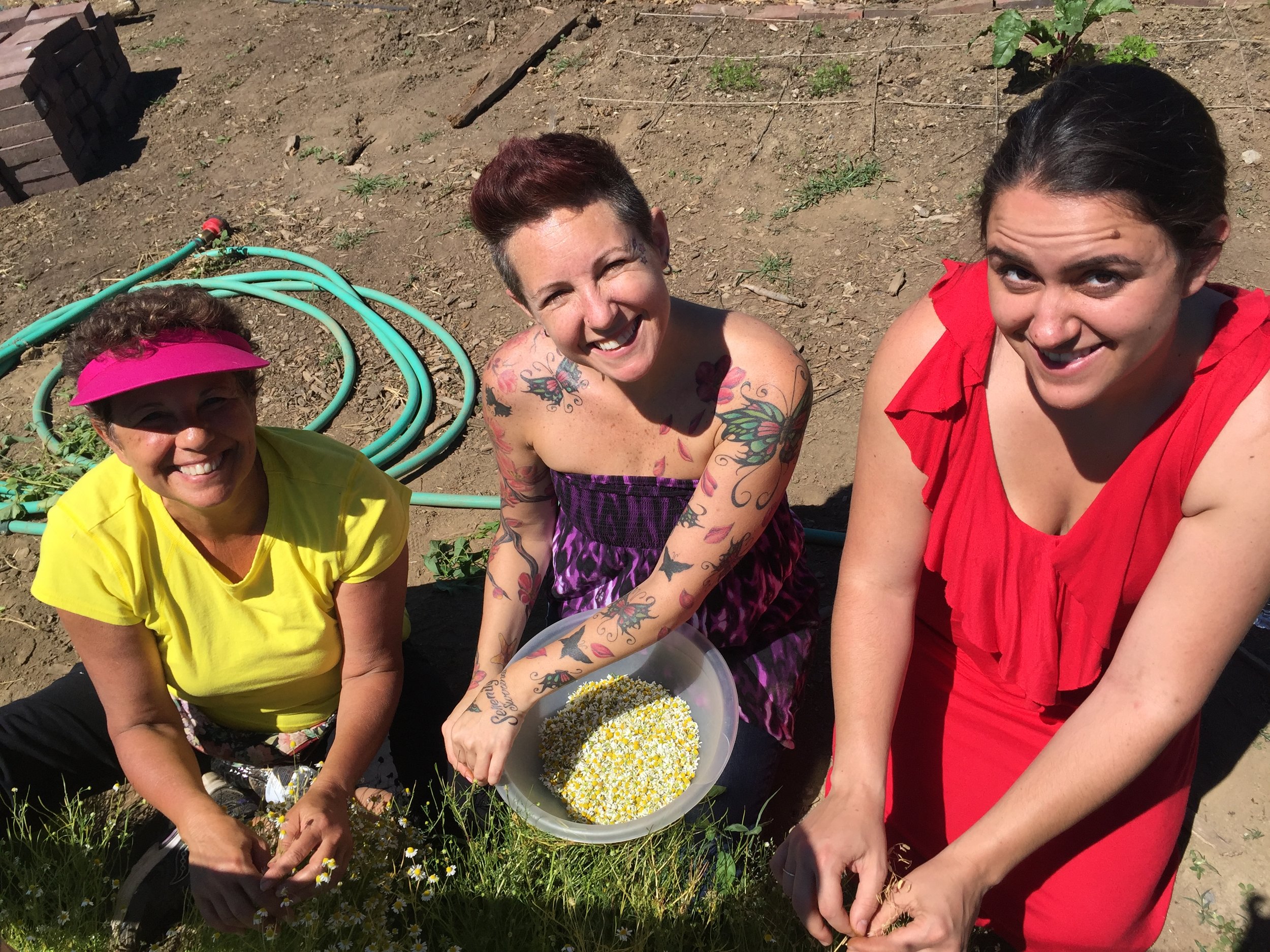Discovery Gardens
Observe, explore, and learn in PFP's Discovery Gardens. This expanded environment consists of 10 different garden spaces as well as fruit trees, edible pathways, and a pavilion for educational programming. Fully immerse yourself in the unique experience of each space, sparking intrigue, wonder, and recognition of how engaging with the natural world can support and nourish you.
What you'll Find
The Discovery Gardens serve as models for the possibilities available to school or community gardens that seek to develop natural, creative learning spaces. The gardens facilitate multi-disciplinary learning in literacy, history, mathematics, science, art, citizenship, sociology, and anthropology—preparing students for success in the classroom through memorable experiences in the natural world. These gardens offer different pathways that lead into distinct-yet-connected garden “rooms,” offering an empowering, choose-your-own-adventure-style experience for youth and adults alike. The Discovery Gardens span 12,048-square-feet and include:
- An insectary, which includes plants that attract valuable pollinators like hummingbirds, butterflies, and bees
A native pollinator garden featuring plant varieties indigenous to the Hudson Valley region
A “Dr. Seuss” garden filled with visually intriguing, unusual, and colorful plants, which will provide a full sensory experience creating connections with children’s literature
A naturally designed, polycultural vegetable garden
A Three Sisters garden, which follows a traditional Native American style of companion planting of corn, beans and squash, whose natural characteristics complement and enhance each other
- A sunflower fort where the tall, flowered stalks provide a natural and fun fort-like retreat for visitors
Math gardens, which feature quilt-like patterns designed for teaching concepts in mathematics
Model kitchen gardens that demonstrate how to grow food in small “backyard” raised beds
A dye garden with plants that can be used to make different natural dye colors for textiles and other visual arts applications
A seed production garden, where educational groups learn about going heirloom varieties of crops
An education pavilion, where garden visitors can take break from the heat while continuing their garden learning
THE POWER OF PURPLE
Ever wonder why some normally green plants turn purple in the winter? We did too! That’s why we decided to do a little research to see why many of our crops this winter including kale, salad greens, cabbage, and many asian greens develop a vibrant purple color in cold weather.









